Automated 3D surface and air disinfection via aerosol in a BSL laboratory.
- Areas treated: Laboratory rooms, interior wardrobe of the shower sluice containing a cabinet and a bench, as well as the supply and exhaust air ducts with their respective HEPA filters.
- Products used: Sanosil Q-Jet Superior (predecessor of Q-Jet CT20), Sanosil S015.
- Application method: System validation, stepwise application.
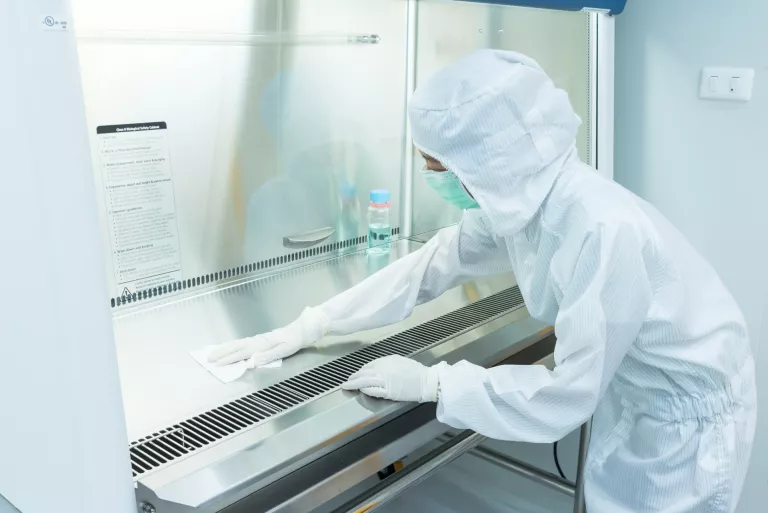
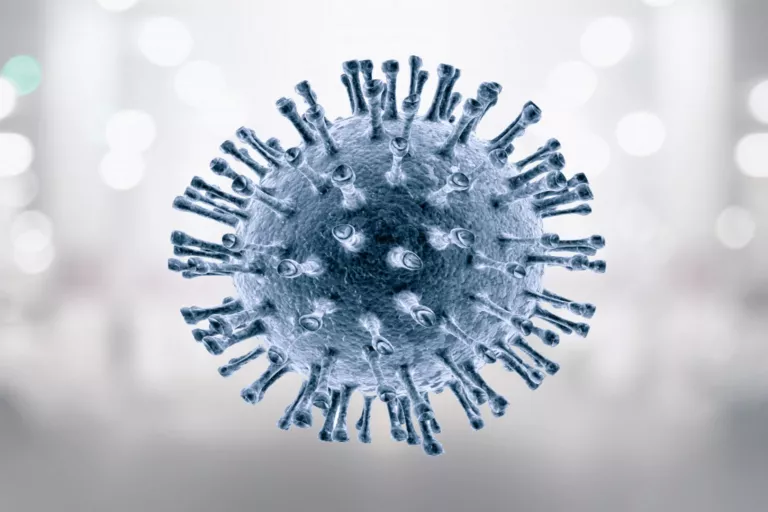
Scenario:
A BSL-4 laboratory is investigating whether the Q-Jet system with Sanosil S015 can replace the currently used formaldehyde fumigation method and be as effective as the hot steam H2O2 system (generated from 30% H2O2). To evaluate this, foot-and-mouth disease viruses and bioindicators with 106 spores of Geobacillus stearothermophilus will be subjected to fumigation.
Key Points:
The current system using vaporized formaldehyde is simple, highly effective, and cost-effective. However, it is highly problematic from a toxicological perspective and is carcinogenic. After formaldehyde fumigation, a room must remain unused for approximately 4 days until residues decrease below critical levels.
Implementation:
Various cycles and dosages are tested. It is found that foot-and-mouth disease viruses are highly resistant to disinfection measures, necessitating a multi-stage disinfection program with the aerosol device. However, bacterial endospores show reductions of up to Log-6.
Result:
Repeated tests demonstrate that the Q-Jet / S015 concept can successfully combat even difficult-to-eliminate pathogens and represents a validated alternative to vaporized formaldehyde. Rooms can be safely re-entered after 24 hours, whereas formaldehyde requires up to 4 days before safe re-entry is possible.
Core Competencies
Our core competencies include the manufacturing and application consulting of disinfection products for water systems, surfaces, and air (complete room disinfection).
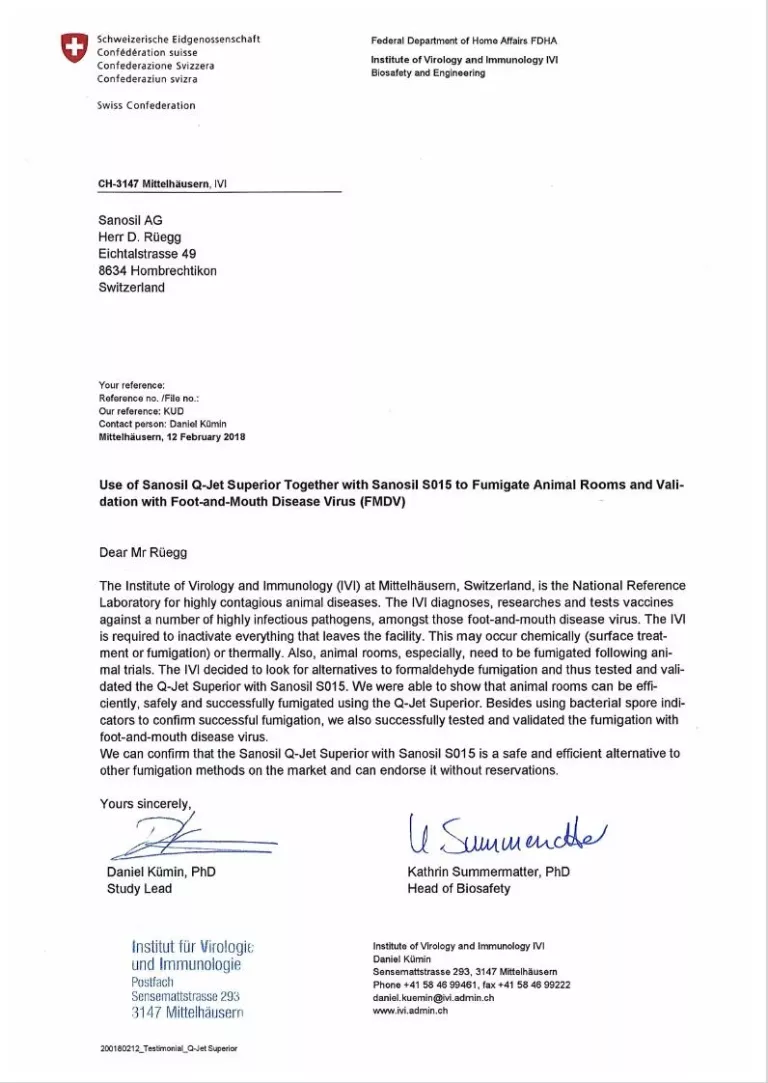
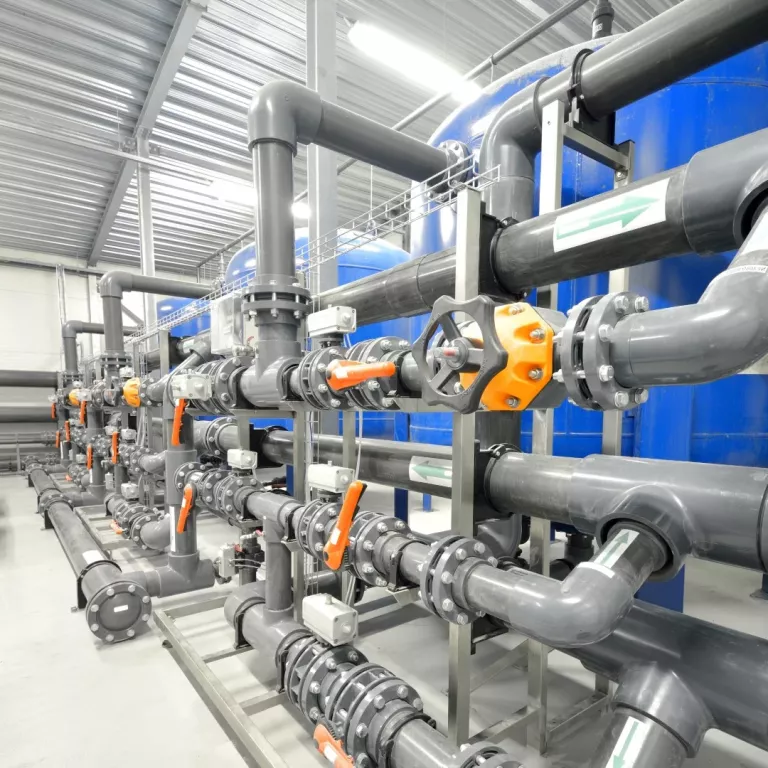
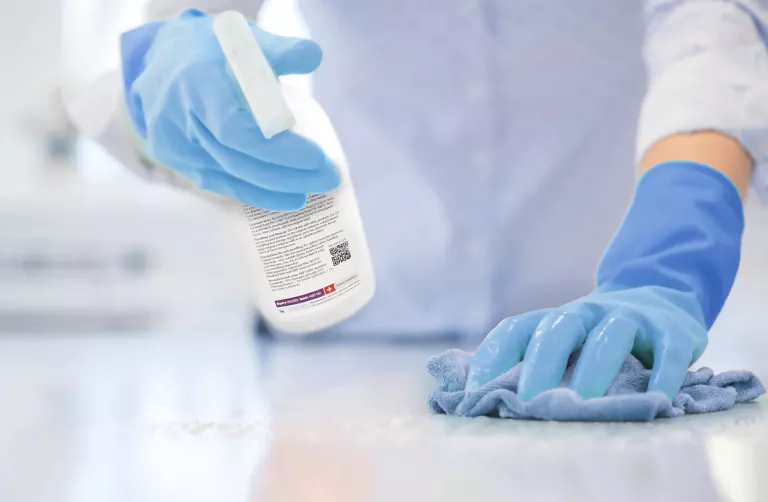
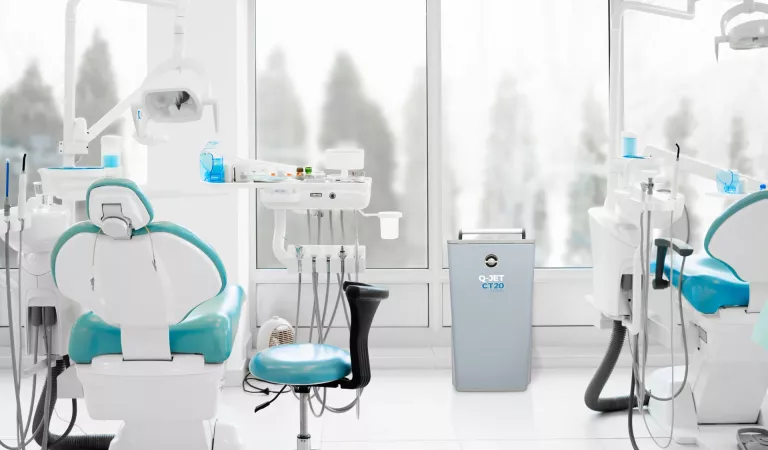

0 COMMENT(S) ON THIS ARTICLE
Please note that your sent comments must first be approved by our moderation team before they become visible.